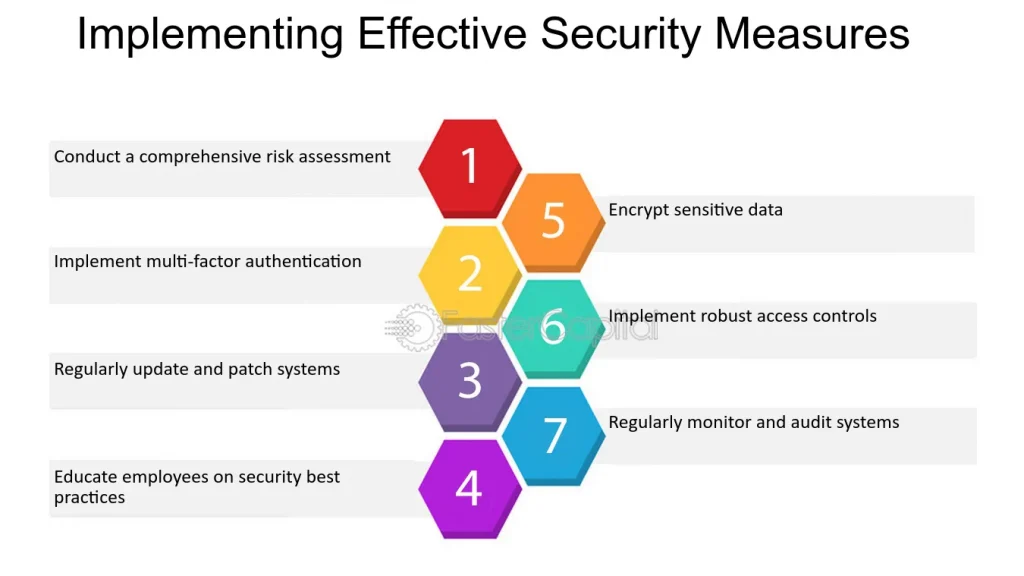Implementing Effective Security Measures

Risk Assessment and Security Audit
Before deploying security systems, conducting a comprehensive risk assessment and security audit is essential to identify vulnerabilities and prioritize security measures. This process involves evaluating physical security risks, assessing cybersecurity threats, and devising a tailored security strategy aligned with business objectives.
Integration and Scalability
When selecting small business security systems in the USA, opt for solutions that offer seamless integration and scalability to accommodate future growth and evolving security needs. Scalable systems allow businesses to expand their security infrastructure gradually without incurring significant upfront costs or disruptions to operations.
Employee Training and Awareness
In addition to deploying advanced security technologies, investing in employee training and awareness programs is critical to strengthening overall security posture. Educating employees about security best practices, protocols for handling sensitive information, and recognizing potential security threats can empower them to contribute actively to the security culture of the organization.
Continuous Monitoring and Maintenance
Maintaining small business security systems requires ongoing monitoring, maintenance, and periodic updates to ensure optimal performance and reliability. Establishing routine maintenance schedules, conducting system checks, and addressing any identified vulnerabilities promptly are essential practices to uphold the effectiveness of security measures over time.